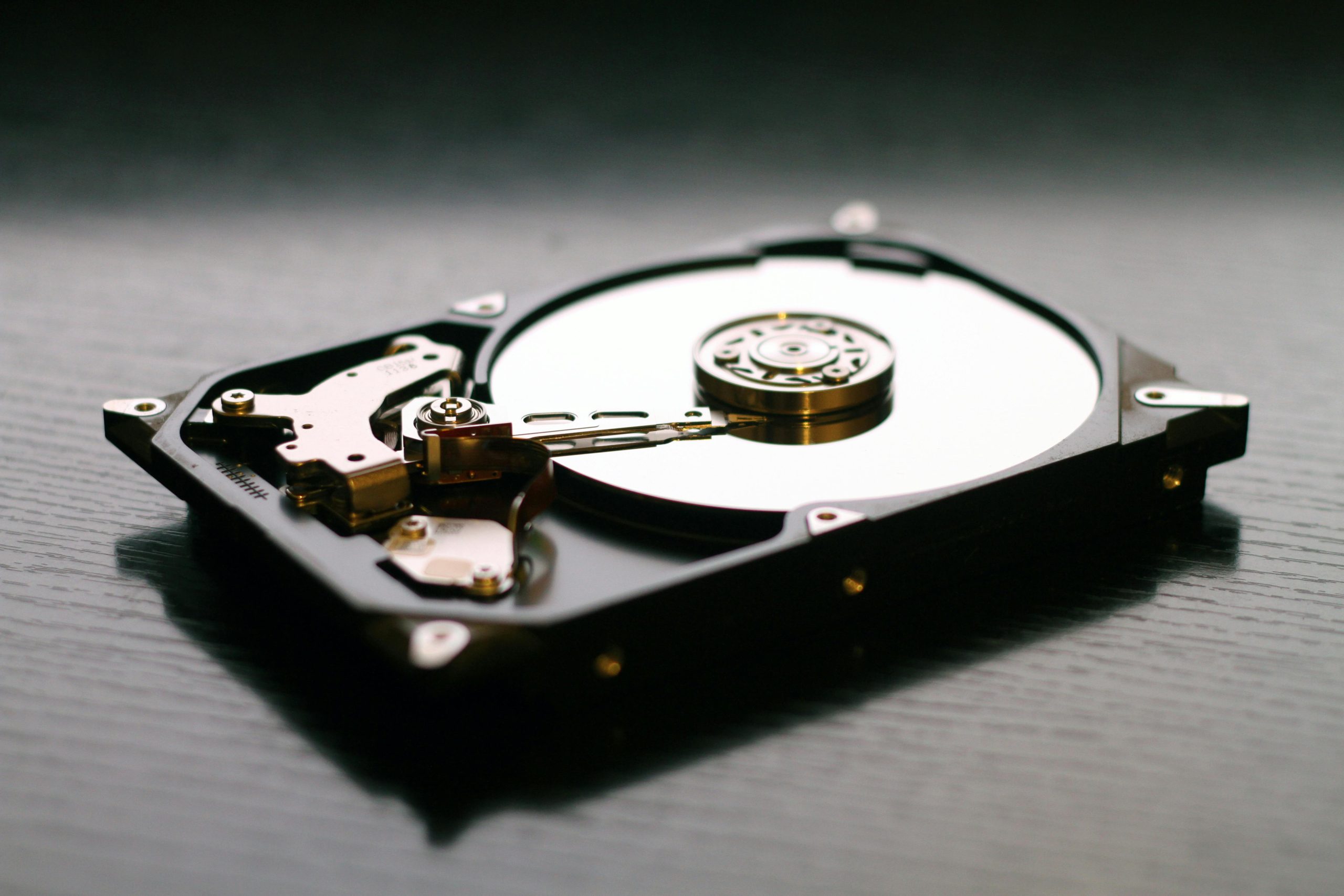Troubleshooting Guide: Resolving Storage Full Issue on Microsoft Surface Go 2
If you’re experiencing storage capacity issues with your Microsoft Surface Go 2, you’re not alone. Many users encounter the frustrating notification that their device’s storage is full, even after deleting apps and clearing temporary files. This article will guide you through understanding your device’s storage layout and provide practical solutions to free up space effectively.
Understanding Your Surface Go 2 Storage
The Surface Go 2 is equipped with a limited internal storage, typically around 64GB or 128GB, depending on your configuration. Your system indicates that:
- The local disk (C:) has approximately 57GB total capacity.
- Installed applications and features occupy around 25GB.
- Temporary files account for roughly 2GB.
- Despite this, only about 300MB of storage remains available.
This discrepancy can occur due to hidden or system-reserved files consuming space, including restoration partitions, system caches, or reserved space for updates.
Common Reasons for Storage Full Notifications
- System and Cache Files: Windows automatically accumulates cache files, logs, and system restore points that may not be visible directly.
- Hidden Files and Folders: Large files or folders might be hidden from typical views.
- Reserved Storage: Windows reserves a portion of storage for system updates and maintenance tasks.
- Large Application Data: Some applications generate sizable data files that can quickly consume space.
Step-by-Step Solutions
-
Use Windows Built-in Storage Analyzer
-
Navigate to Settings > System > Storage.
- Click on Temporary Files to review and delete unnecessary data, including previous Windows installations, system cache, and temporary files.
-
Use the Storage Sense feature, which automatically frees up space by deleting unnecessary files.
-
Manage Installed Applications
-
Go to Settings > Apps > Installed Apps.
- Uninstall any apps or games you no longer need.
-
For large apps, consider moving them to an external SD card if supported, or reinstalling only essential applications.
-
Review and Clear Temporary and System Files Manually
-
Open File Explorer.
- Enable Hidden Items in the view tab.
- Navigate to C:\Windows\Temp and C:\Users[YourUserName]\AppData\Local\Temp.
- Delete files within these folders
Share this content:

